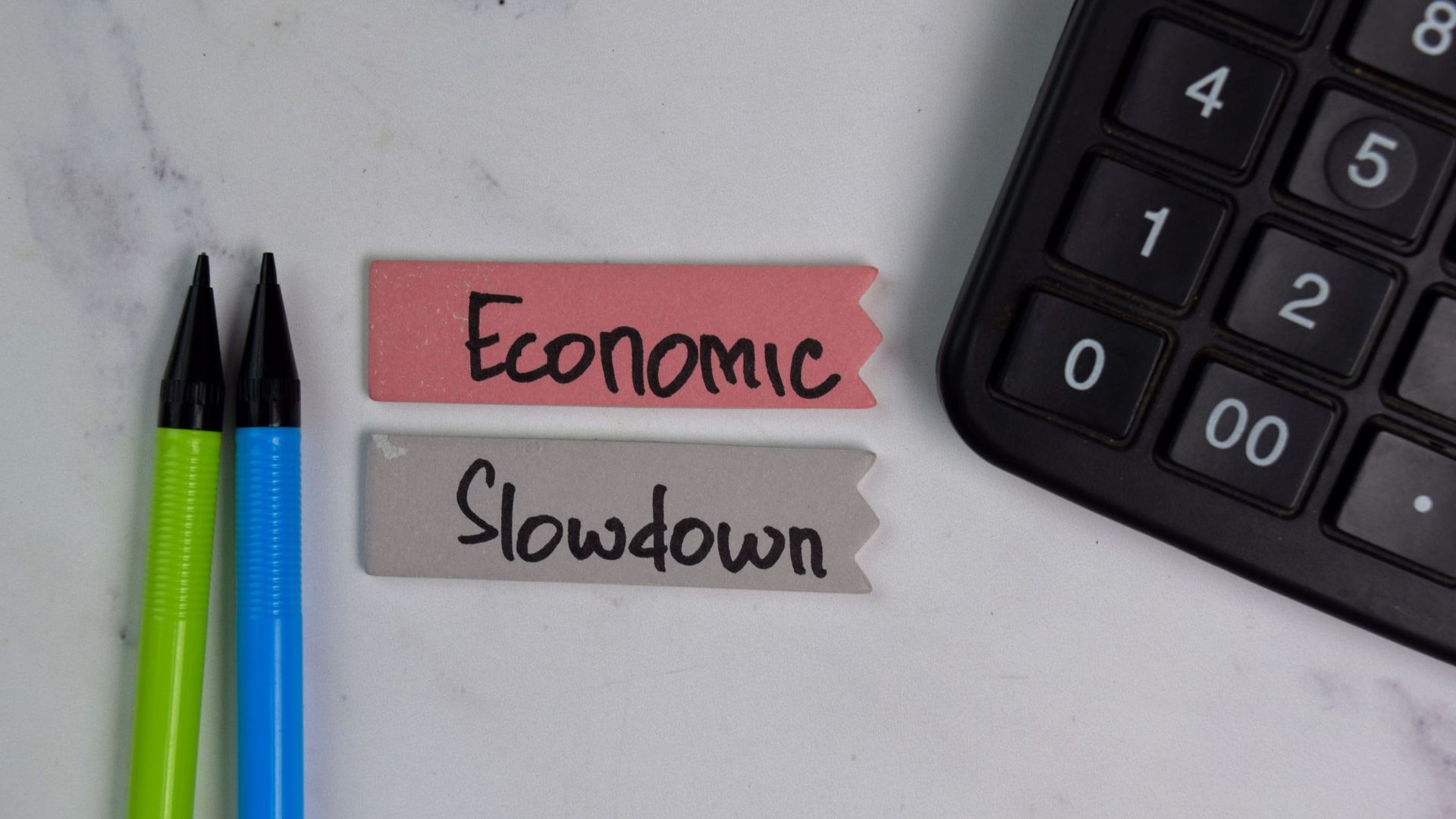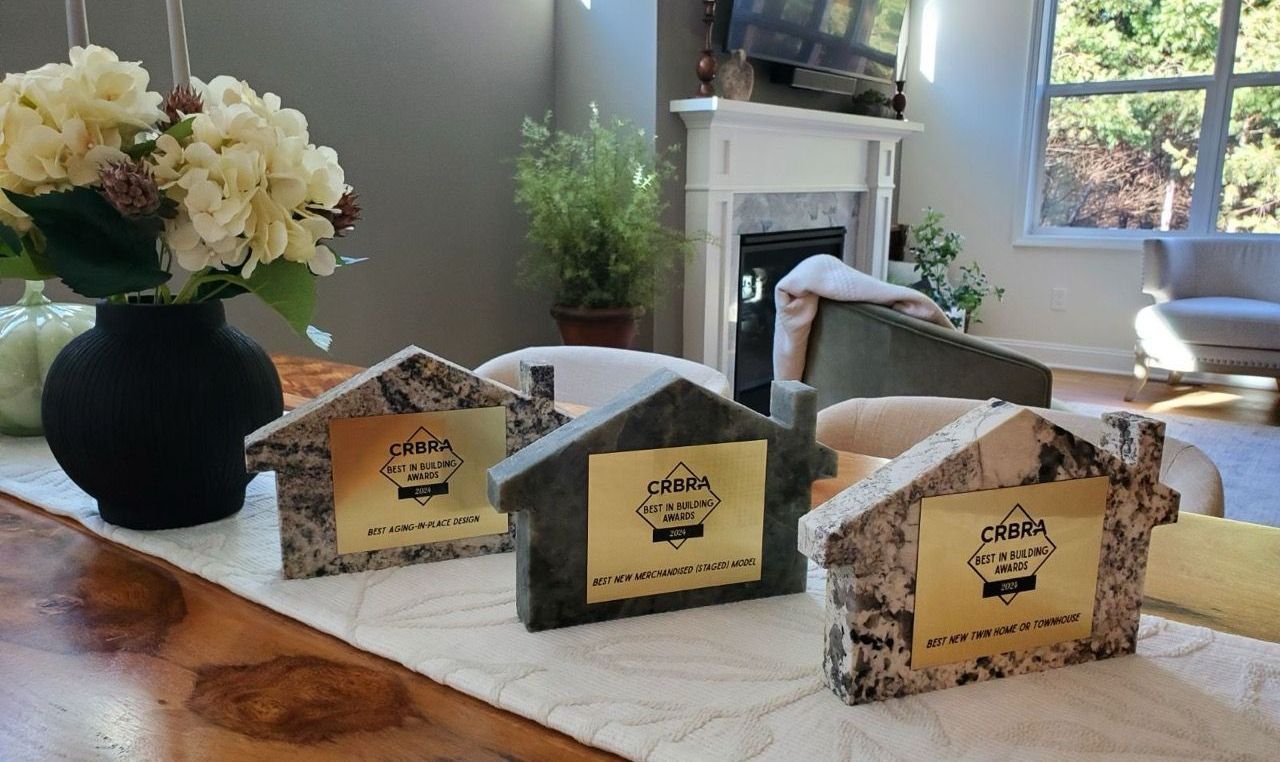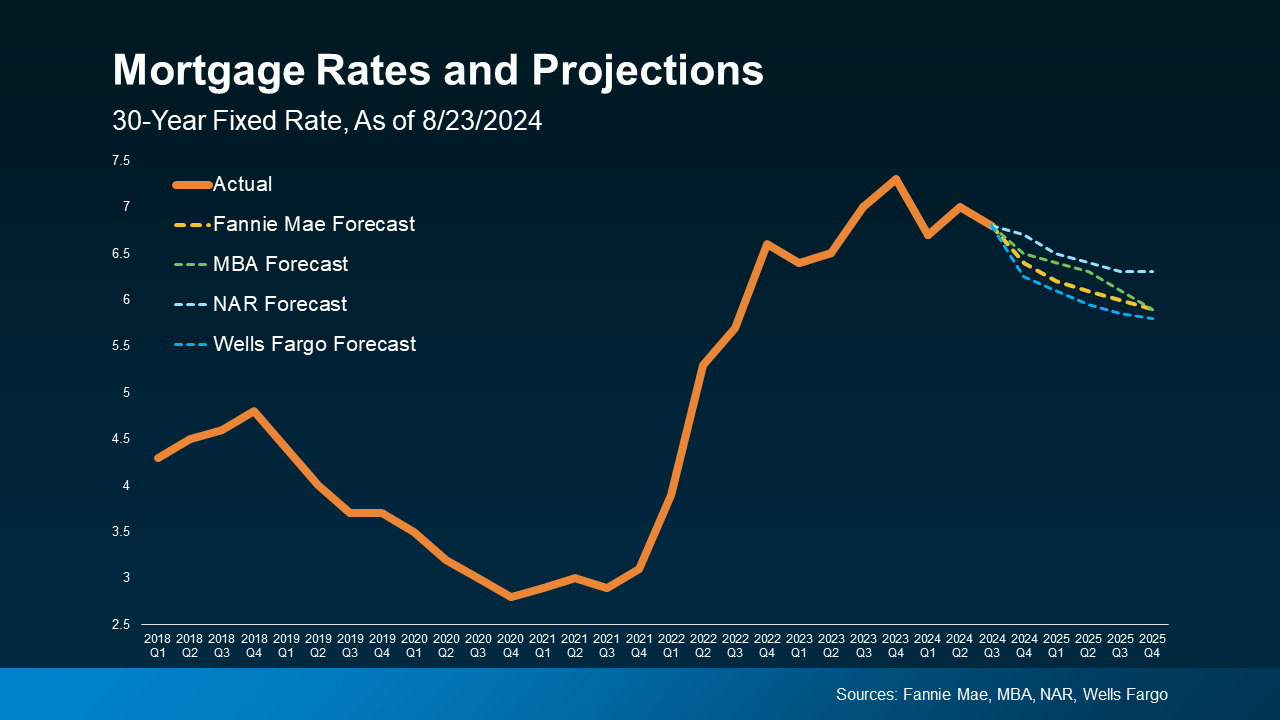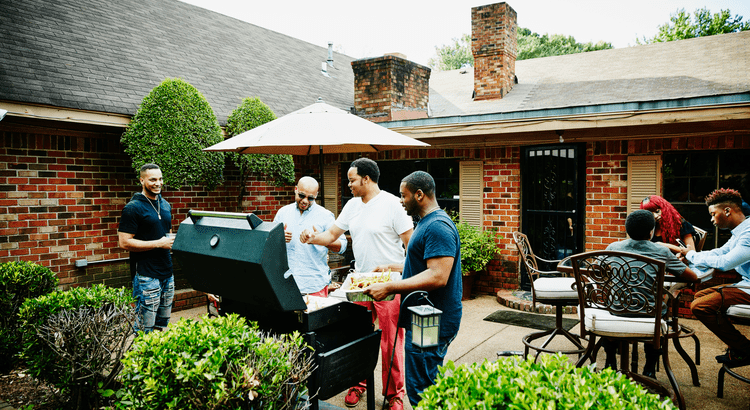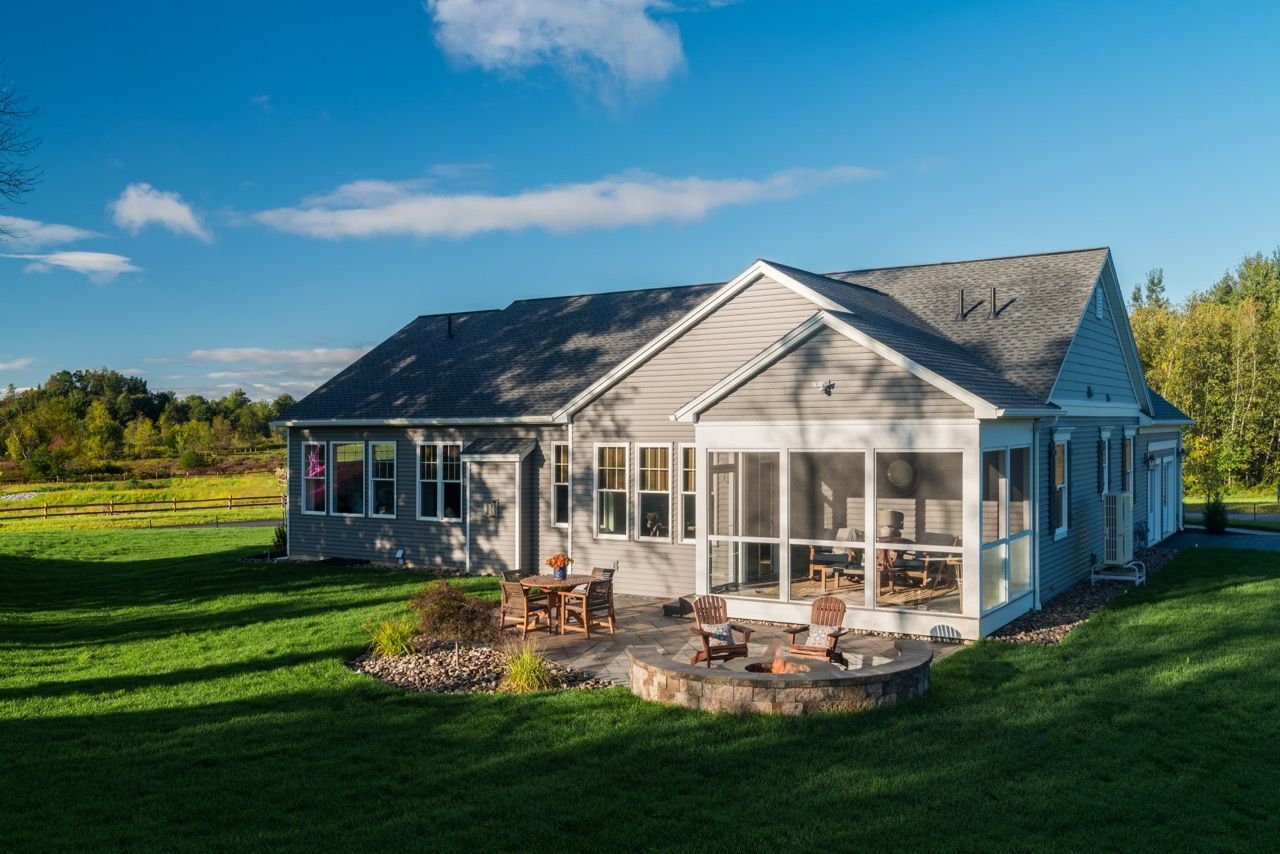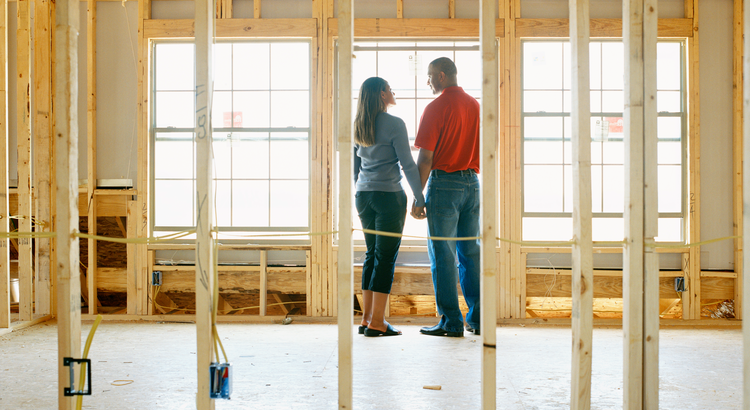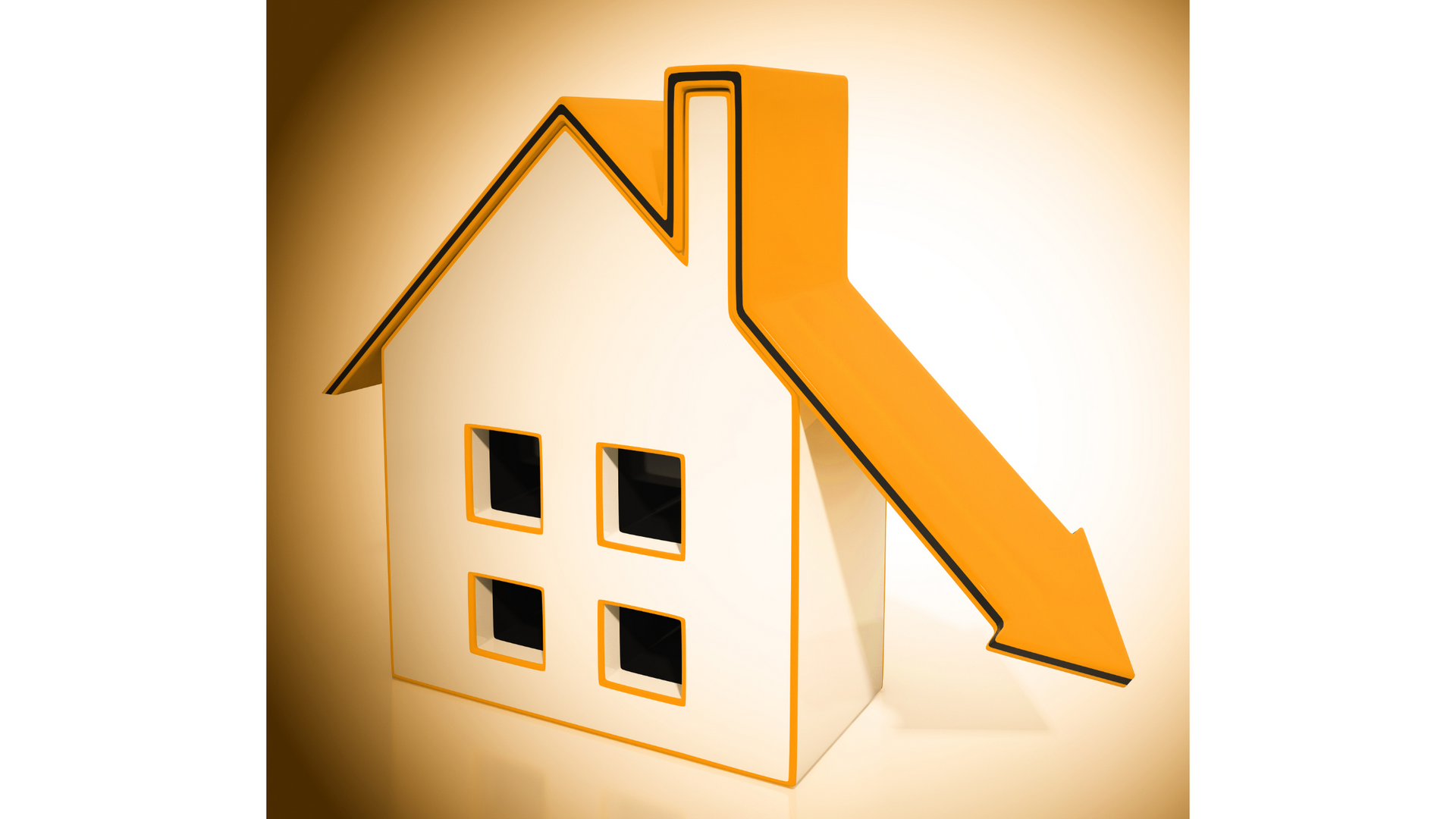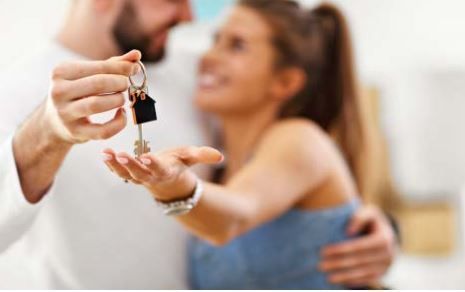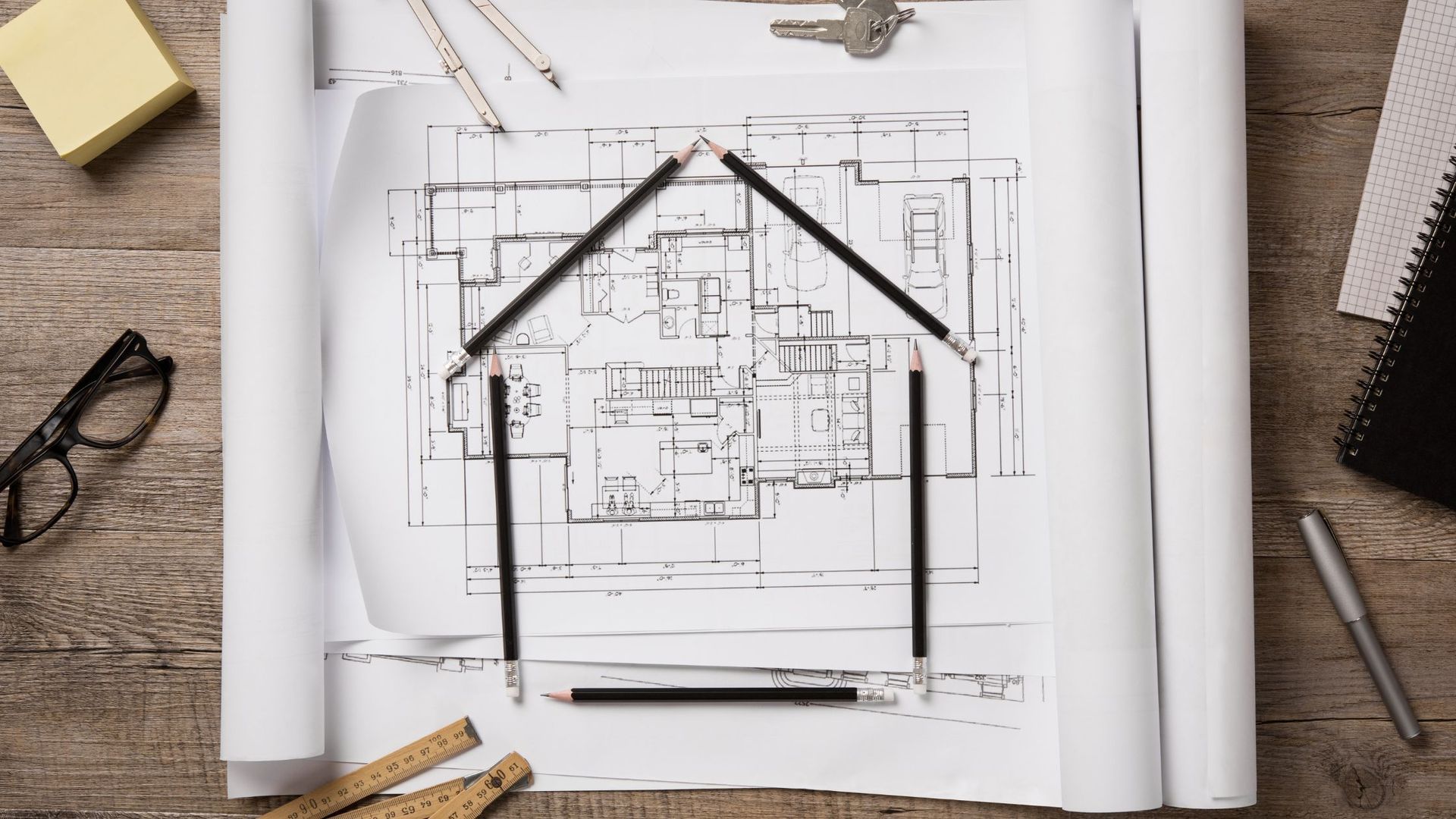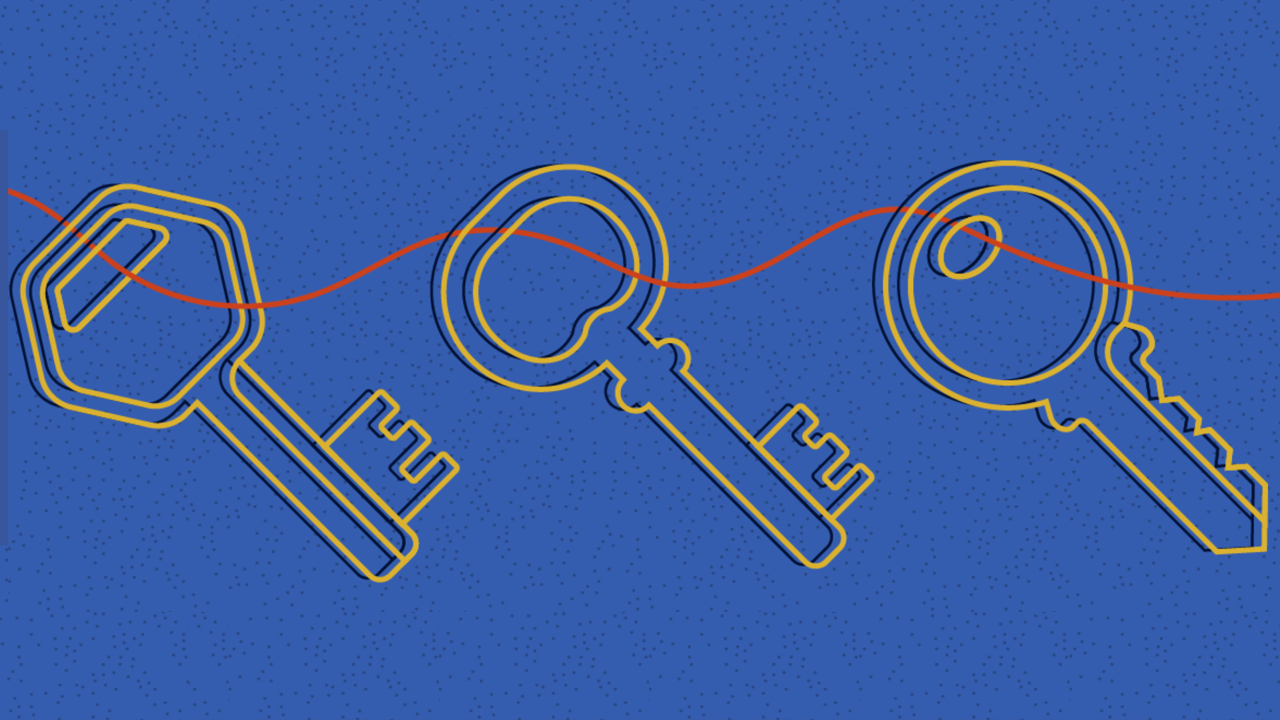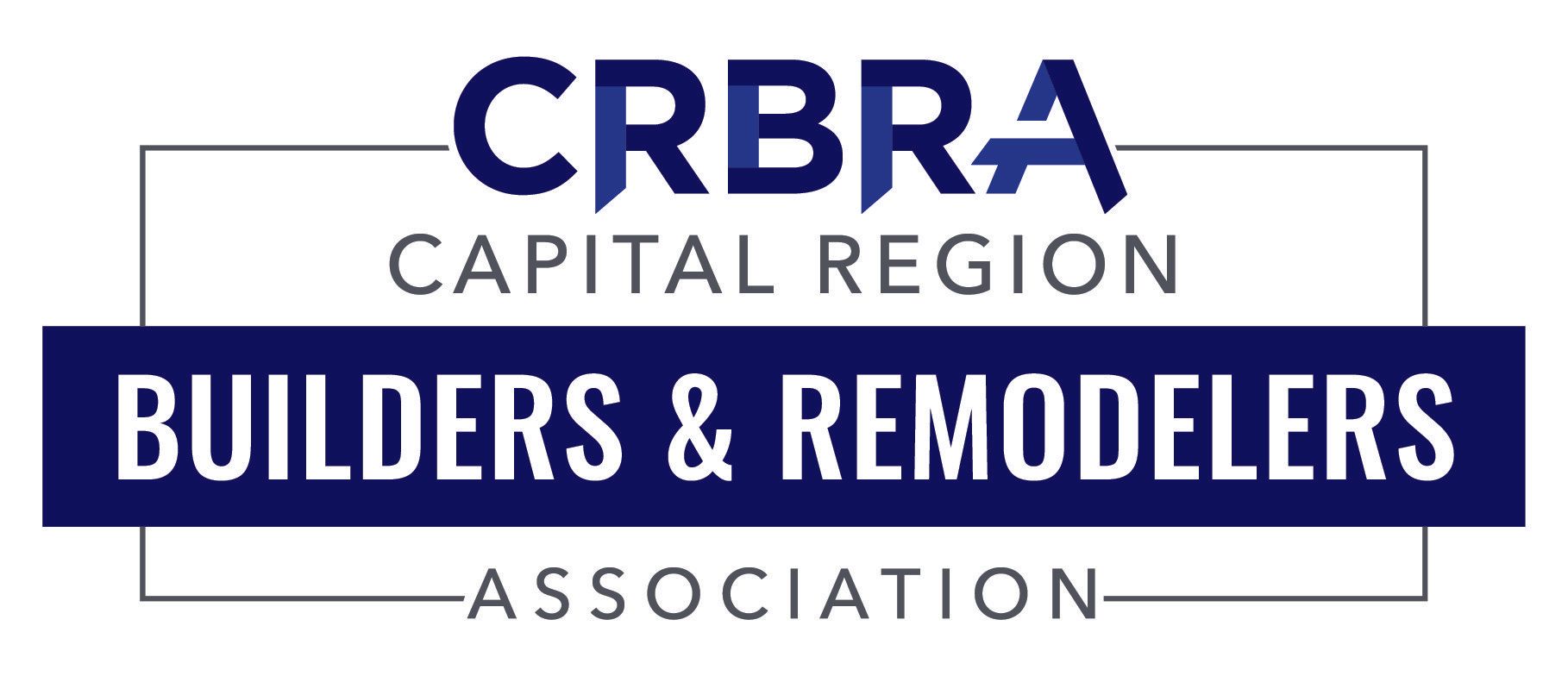First Time Parents – Childproofing Part 1 of 3
A new baby is always a blessing, but for first time parents, preparing a new home for their newborn can prove a little bit overwhelming. Today, we’re beginning a four part series that will help you make your home safe and comfortable for parents and babies alike.
First and foremost, it’s important to ensure that your home is safe and secure for your new baby. Make sure your crib was made after 1992 and meets safety standards put in place by the American Society for Testing and Material (ASTM). Ensure slats on the crib are less than 2 ⅜ inches apart to prevent your baby from getting their head stuck and also be wary of decorative edges and raised corners that your newborn could catch their clothes on.
Any parent will tell you, things only get harder when your kids start crawling (and eventually walking!) Keep any objects small enough to fit in a toilet paper roll (coins, keys, nail clippers etc) far out of your baby’s reach. As soon as your baby can stand up with support, shorten cords on blinds and draperies and also remove mobiles from cribs. Keep any dangerous substances like alcohol, cleaning supplies or prescription medications in high and secure cabinets out of your baby’s reach and be cautious of houseplants as they may be poisonous if ingested. It’s a good idea to keep some activated charcoal or Ipecac on hand, but be sure not to use it unless instructed by a medical professional.
You’ll also want to look out for sharp edges and hard surfaces at baby height. Coffee table corners as well and brick and tile fireplaces and be a real hazard to children learning to walk. While you’re at it, plug open electrical outlets with plastic covers and keep appliance cords wrapped short so kids can’t pull electronics over onto themselves.
Caution and vigilance are the key to keeping your newborn safe in your new home! Check back next week on our guide to designing and building the perfect nurser
Share
